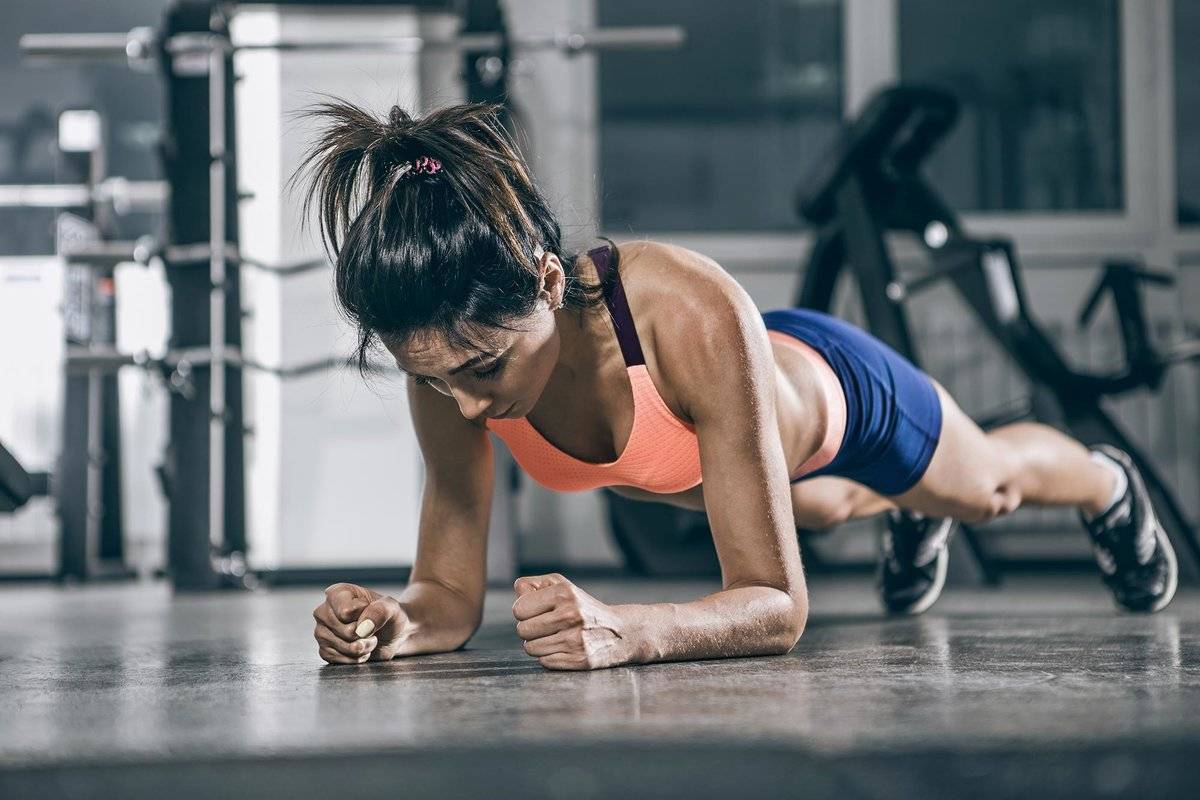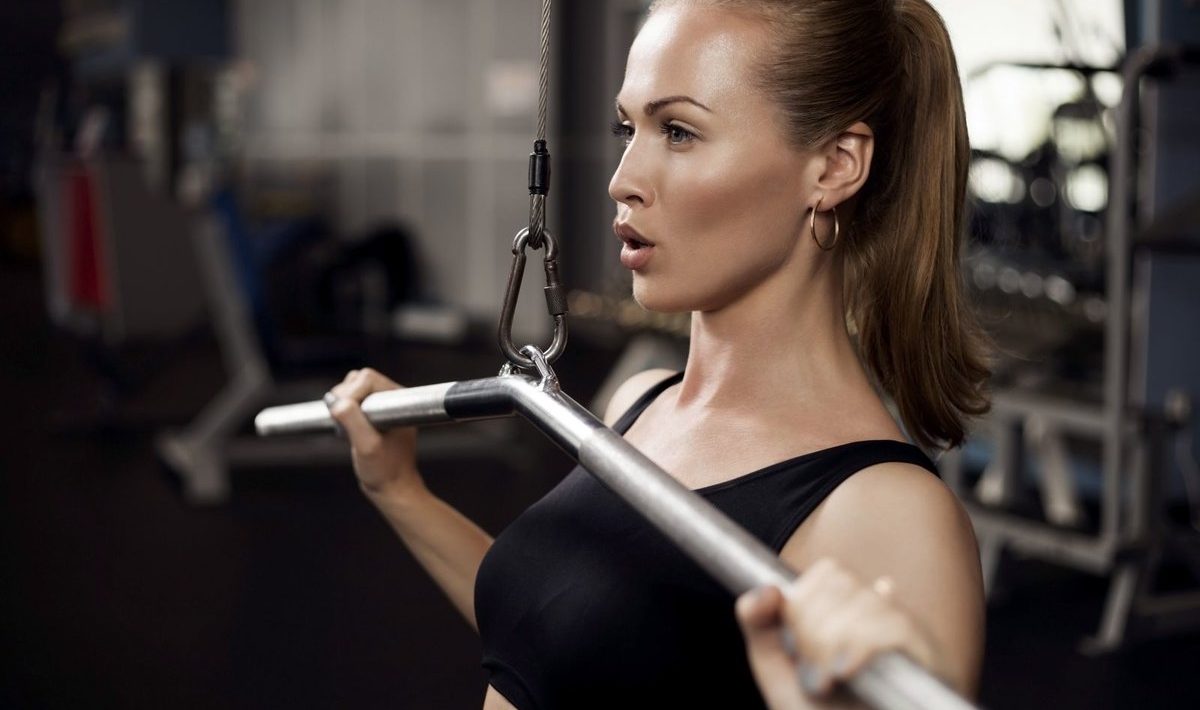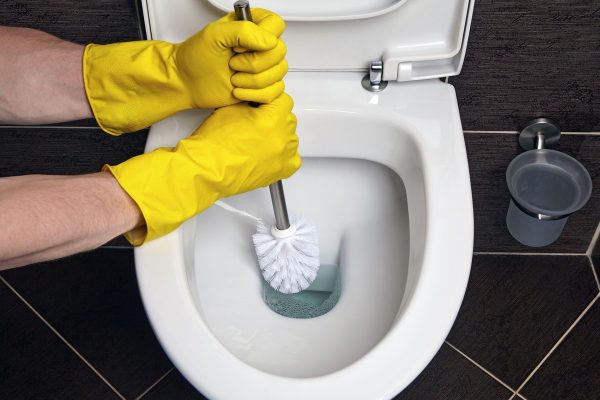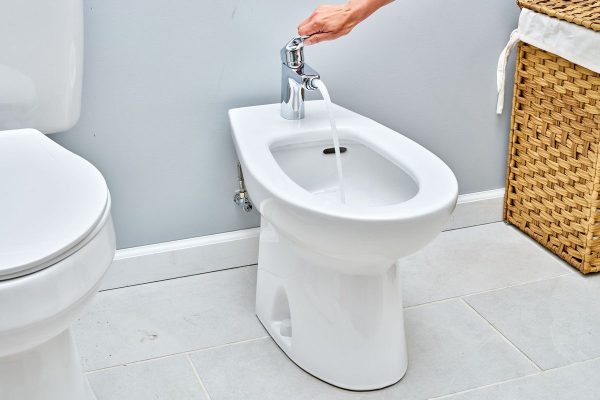Strength training is essential for ageing well and, above all, for remaining independent.
Just a few months ago, I had never lifted a barbell in my life. But during my stay at the Buchinger Wilhelmi clinic, I attended a conference that literally changed my life. It was led by Felipe Isidro, a physical education teacher and CEO of Physical Exercise & Health Consulting. That day, everything changed.
‘Who among you plays sports?’ Felipe Isidro began. “And when I say “play sports”, I don’t mean ordinary physical activities such as walking, climbing stairs or carrying shopping bags. I’m talking about “physical exercise”, that is, planned and programmed movement. I’m asking this because seven out of ten people don’t do sports: that’s 70% of the population.‘
Of course, any physical activity is beneficial. ’But it doesn’t provide the same benefits as a full workout,” he explained. ‘Ideally, you need to combine these two factors: move more every day and set aside time for planned workouts. In a society that forces us to move less and less, with cars, lifts and escalators, our goal should be physical exercise, and in particular, strengthening our muscles.’
What do our stomachs and intestines say about our anxiety, and how can we calm our bodies and minds to feel better?
Exercise to live a long life, not just to lose weight: strength training that will benefit you
Until then, I had viewed physical exercise solely as a way to lose weight and, ideally, improve my appearance. However, Felipe Isidro opened my eyes to its true importance: maintaining the health of our muscles and mitochondria, the ‘little power stations’ of our cells. ‘Mitochondria are like miniature batteries that generate the energy we need to function,’ he explained. ‘When they work well, we feel strong. But when they work less well, we feel tired and find it harder to burn fat, even when dieting. This fat accumulates not only under the skin, but also in the internal organs and even inside the muscles themselves.’
There is no magic pill to preserve these famous mitochondria: the only scientifically proven ‘cure’ is physical exercise, or more specifically, strength training. Like a phone battery, mitochondria lose their ability to recharge over time. We may wake up full of energy, but by midday we feel exhausted. Hence the need to keep them in top shape.
Fast and slow fibres
Our muscles consist of two types of fibres: slow-twitch fibres, which are used for prolonged exertion such as walking, and fast-twitch fibres, which are necessary for strength and speed. With age, it is the fast-twitch fibres that weaken first.
“Walking maintains endurance, but it doesn’t preserve fast-twitch fibres. Without strengthening your muscles, you become sluggish. We see this in older people who end up taking small steps due to a lack of these fibres. Strength training is the only way to preserve them,‘ explains Felipe Isidro . ’You gain muscle until you are 25, it stays the same until you are 35, and then you start to slowly lose it: a process that accelerates after 50 and even more so at 65. However, some people in their seventies retain the strength of a 40- or 50-year-old thanks to daily training. This proves that this habit can reduce your biological age by 20 years.”
What we don’t use, we lose, and this applies to muscles, bones, the respiratory system and the pelvic floor. Regular physical exercise also improves the deep (slow) phase of sleep, which is essential for ageing well. ‘Strength training is a real investment in your future health,’ says Felipe Isidro . ‘It reduces anxiety and improves well-being on all levels.’
The right amount of strength training
Like water, which is necessary but potentially dangerous in excess, bodybuilding requires precise dosing. It’s not about overdoing it, but about the right approach. According to Felipe Isidro, the key to success is a small number of repetitions, sufficient recovery and, above all, preventing fatigue. ‘Many people think that if they are not exhausted, it means they have trained poorly. In fact, the opposite is true. When building muscle mass, we strive for quality, not exhaustion.’
Here are his seven recommendations for effective training, regardless of age and level:
Gradually increase the frequency: two sessions a week is enough at first, then move on to three or four, alternating them every other day. If you combine strength training and cardio, always finish with cardio.
Start with your legs: they are the largest reservoir of muscle mass and wear out the fastest, so working them is extremely important.
Focus on intensity rather than repetitions: perform a few quick movements to stimulate fast-twitch fibres. ‘The key is speed and intensity,’ Isidro reminds us.
Make sure you get enough rest: one to three minutes between sets. ‘You’ve rested enough when you can talk or sing, not just grunt,’ he says.
Avoid excessive fatigue: ‘Exhausting efforts primarily engage slow-twitch fibres and accelerate the loss of fast-twitch fibres.’ It is better to stop before fatigue sets in.
Start small: five to fifteen minutes is enough, even if it means doing short cycles. ‘We all have ten minutes a day if we prioritise it. Exercise doesn’t have to be painful: sometimes less is more.’
Breathe correctly: training your breathing muscles improves recovery and endurance. Breathe deeply, using your entire diaphragm.

When, where and how to train
According to Felipe Isidro, the best time to exercise is in the morning: ‘It stimulates the sympathetic nervous system and then promotes better sleep in the evening thanks to the parasympathetic nervous system.’ If possible, exercise outdoors: being in nature and socialising directly improve your health.
You don’t need a gym: training with your own body weight is enough. ‘The main thing is that the exercises are adapted to your level of fitness so that you can maintain it for a long time,’ emphasises the trainer. ‘And if you can exercise in a group or with friends, that’s even better: motivation, determination and longevity increase.’
How to assess your muscle strength
Finally, to assess your progress, Felipe Isidro recommends doing a few simple tests at home:
The chair test: sit down and stand up five times as quickly as possible without using your hands. This test assesses the strength of your legs, which are the first to weaken.
The ‘Stork’ test: stand on one leg, raising the other, without using your hands. Less than 50? Eyes closed. More than 50? Eyes open. The goal is to hold the pose for at least 45 seconds.
Six-minute endurance test: walk as fast as you can for six minutes. A distance of less than 500 metres indicates poor physical fitness, 500 to 700 metres indicates good physical fitness, and more than 700 metres indicates excellent physical fitness.





